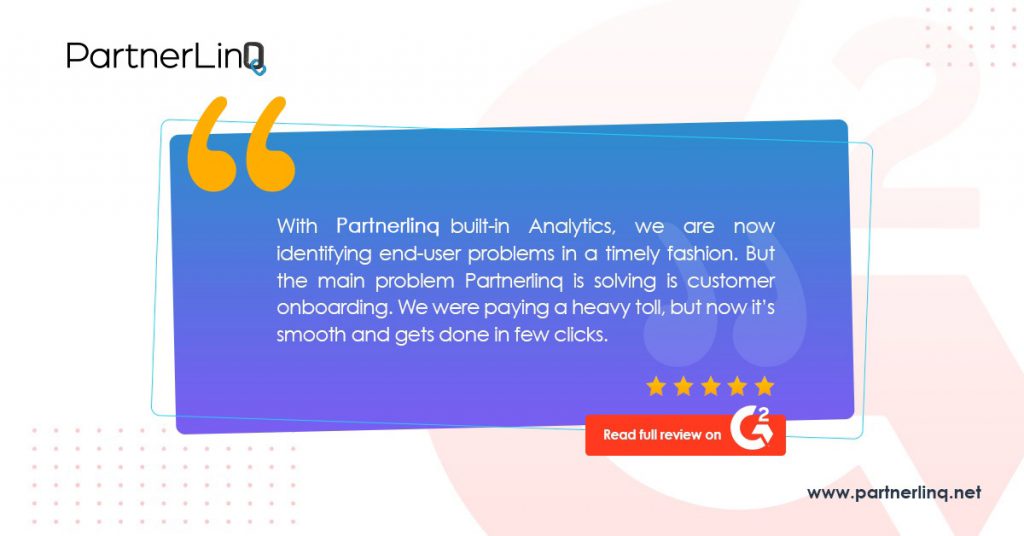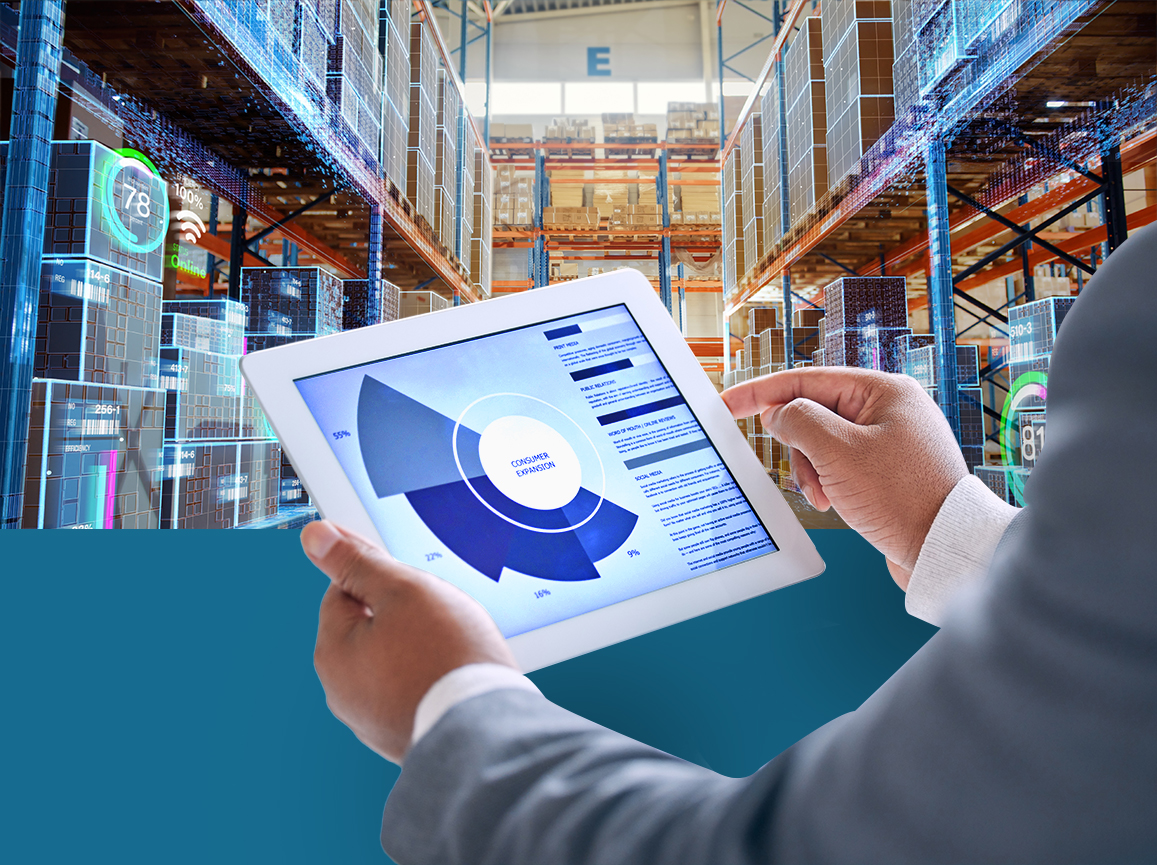Reimagining the Consumer Electronics Supply Chain: The Three Key Challenges for 2021
Disrupted Supplies
In March 2020, McKinsey forecast[1] electronics companies could face serious reductions in inventory due to epidemic-induced factory shutdowns. This was a clear signal to electronics suppliers that the diversification strategies initially developed during the predicted US-China trade war were quickly becoming a recommended path.
But while companies scrambled to onboard suppliers, the move could not mitigate the disruption. 53% of electronics industry leaders were anticipating delays or cancellations in new product launches by May 2021, with 91% of the shortage attributed to challenges in supply chain management [2].
Frenzied Demand
The need for semiconductor chips has continued to surge with the advent of newer automotive technologies such as electric vehicles, collision avoidance and automatic braking systems, real-time navigation, night vision, and lane-change warning systems. There’s no predictable relief in demand for these and other advanced technologies involving artificial intelligence and autonomous vehicles.
The Semiconductor Industry Association has projected global chip sales to grow 8.4% in 2021 – a massive 5.1% hike in a $433 billion industry. With much of the world’s workforce having migrated to home offices and home-based leisure activities, computers, tablets, and gaming consoles are in high demand and chip production is struggling to keep up. A year after McKinsey’s original forecast, the world’s biggest chipmakers like AMD and Qualcomm continue to announce new shortages.
And the impact is not limited to consumer electronics or sub-systems. GM extended its automobile production cuts in the US, Canada, and Mexico; other automotive giants like Ford, Honda, and Fiat/Chrysler have also warned investors about slowdowns in new vehicle production due to chip shortages.
So has begun a cycle of delayed customer value and intense competition among vendors and a new race to market supply chain capabilities which hold the key to delivering increased value in the supply chain.
Challenges in Supply Chain Management
This widespread shortage in semiconductor chips has underlined the critical role of their supply chain in today’s economy. While optimized supply chains in the electronics industry had helped temper the explosion of IT and digital services in the past two decades, several unexpected factors have since emerged with the potential to disrupt the optimized global model.
There are three key challenges –challenges of immediate concern and which the consumer electronics supply chain needs to address in order to deliver the right product, in the right quantity, at the right price, place, and time.
Geographical Concentration
The world’s largest chip makers continue to largely depend on manufacturing centers in China. While some supply chains had begun to migrate towards other manufacturing centers, such as those in Malaysia, Thailand, and Vietnam, these migrations occurred very close to the beginning of the pandemic.
Since then, China, who recovered rapidly from its pandemic-induced slowdown, continues to dominate US electronics imports, while the other centers have been slower to respond. They also have the disadvantage of being newer players in the market, which means less depth in terms of production inventories, staff, and other resources.
Such geographical concentration of manufacturing activity carries an inherent risk, which was laid bare first during the US-China trade (tariff) war and then by the global pandemic. Given China’s existing supply and production infrastructures, most of the larger manufacturing entities have decided to stay put. A recent PwC survey said as much, stating that most companies are planning a ‘China +1 strategy’ once the pandemic subsides. This strategy involves relying on China as the primary source, while looking to one other country as a strategic manufacturing alternative.
US companies are similarly keen to nearshore operations to countries like Mexico; however, all of these plans have been complicated by uncertain economic and trade climates.
Product Lifecycle and Complexity
Advances in technology and rapidly changing customer behavior have also had an impact on the life of the average electronic product, leading to challenges in supply chain management. Companies have to carry larger inventories or depend on faster inventory turns; this increases overall inventory costs and significantly impacts the bottom line in the event of a short lifecycle product or worse, a product failure.
Electronics companies push for newer and more complex product variants to remain competitive. Having outsourced part or all of their manufacturing process to specialized centers, they remain vulnerable.
Integrity of Supply
Vulnerabilities increase as product components move through multiple facilities and geographies and the chance of counterfeits increases. A lack of supply chain visibility makes components and raw materials increasingly difficult to trace. While companies spread out the manufacturing of parts and assemblies across regions to reduce the risk, vulnerabilities continue to appear.
‘Nearshoring’ and localized manufacturing have the potential to enhance traceability of parts and assemblies. But consumer electronics supply chains also need solutions with increased visibility capabilities to strike a balance and mitigate multiple risks simultaneously.
Working Towards a More Distributed Supply Chain
Over the last few decades, consumer electronics companies have leveraged their global supply chains for cost advantages and specialized manufacturing expertise. But factors such as tariffs, the fallout from the pandemic, and a perceived failure of just-in-time logistics have renewed the push for regionalization.
Industry leaders must be proactive to ensure a more distributed and more collaborative future. Consumer electronics supply chains need digital solutions that facilitate easy entry into new markets and with new suppliers, centrally optimize their supply chains, and provide an end-to-end visibility from point of order to delivery.
Integrated Systems for Enhanced Collaboration
Investing in enterprise IT and supply chain solutions to optimize individual business processes shows promise. But these investments often lead to multiple solutions, ranging from spreadsheets to portals to demand and supply chain planning tools, many of which are loosely integrated at the enterprise level.
As a result, supply chain partners continue to operate on multiple systems and platforms, creating an even larger integration challenge. Network architectures with limited flexibility cannot accommodate multi‐party, multi‐tier supply chain structures that exist between customers, manufacturers, and trading partners.
A modern supply chain in the electronics industry needs access to real‐time supply and demand transactions. It needs a flexible platform that allows each company in the supply chain to implement its own processes – one that makes sense to their culture and way of doing business. More specifically, the platform should drive visibility, planning, communication, analysis, and execution in perfect orchestration across unlimited numbers of trading partners.
Such a platform will allow trading partners to execute activities in their own home-based systems and communicate along the supply chain as required for order to cash, freight, and trans-ocean transactions. This makes an agile and scalable cloud‐based architecture all the more critical. An easy-to-deploy supply chain solution can help organizations build their capabilities in stages. This ensures immediate and incremental value at each stage, paving the way for self-funded deployment and reserving capital for events yet to unfold.
About PartnerLinQ: Enterprise Connectivity at the Speed of Business
PartnerLinQ is an innovative, process-centric, easy-to-use EDI solution that enables API-led, cloud native integrations. With a simplified B2B communication engine that includes EDI, AS2, SFTP and real-time APIs, PartnerLinQ is a fully integrated platform and easily handles both standard and proprietary file-based formats, including custom integrations. The solution is well suited for retail, e-commerce, wholesale, transportation, 3PL, as well as distribution, digital, and analog partner extensible platform and helps your team achieve operational efficiency and gain real-time visibility.
PartnerLinQ is designed by a team with more than 25 years of experience in providing industry-focused leadership in technology and consulting and in the development of innovative solutions that drive global supply chain transformation from the factory floor to the consumer’s doorstep. Hosted on Microsoft Azure, the PartnerLinQ platform integrates natively with Microsoft Dynamics 365, while also providing robust support for integration with other ERP systems as well as e-commerce platforms.

[1] Knut Alicke, Xavier Azcue, Edward Barriball. (Mar 2020). McKinsey. Supply-chain recovery in coronavirus times
https://www.mckinsey.com/business-functions/operations/our-insights/supply-chain-recovery-in-coronavirus-times-plan-for-now-and-the-future
[2] Supplyframe. (May 2020). Supplyframe Electronics Sourcing Report.
https://supplyframe.com/press-releases/supplyframe-electronics-sourcing-report-highlights-innovation-imperative-amid-covid-19/
 PartnerlinQ
PartnerlinQ













